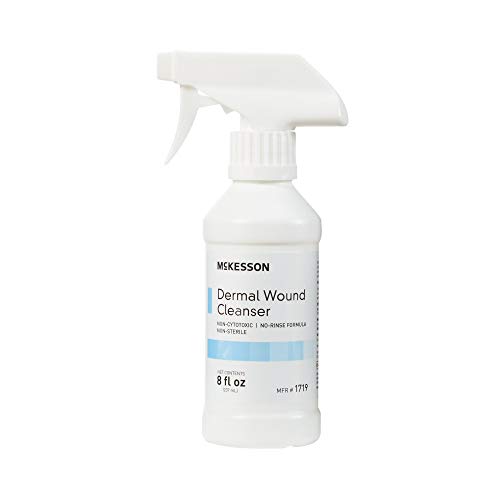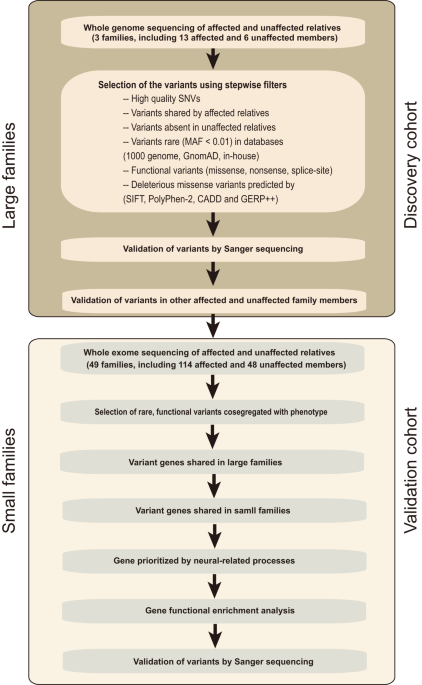Views: 0
Skin cancer clinic claims an ingredient used in popular sunscreens is unsafe: Here’s what you need to know
- Clinic claims potentially harmful ingredient used in sunscreen
- Octocrylene is ‘safe at approved levels’ and strictly regulated by TGA
By Carina Stathis For Daily Mail Australia
Published: | Updated:
A skin cancer clinic has issued a stern warning about a potentially harmful ingredient used in countless sunscreen products – but experts disagree.
The clinic in New South Wales provided clients with flyers claiming a number of products contain the ingredient octocrylene or benzophenones – which ‘may be damaging to your skin and general health’.
‘You are advised to buy new sunscreens each year and to avoid any containing the products mentioned. Sunscreens containing zinc or titanium dioxide are OK,’ the flyer read.
However, a skin expert from Cancer Council rejected the claims and told FEMAIL sunscreen is highly regulated by Therapeutic Goods Administration (TGA), ensuring such ingredients are used safely and correctly.
An Australian skin cancer clinic claims a number of sunscreen products contain a harmful ingredient. However, Cancer Council slammed this comment and confirmed to FEMAIL sunscreen is strictly regulated by the Therapeutic Goods Administration (TGA)
The ingredient octocrylene is understood to be ‘safe at approved levels’
Chair of Cancer Council National Skin Cancer Committee and skin cancer expert Anne Cust commented on the matter.
‘Sunscreens sold in Australia are strictly regulated by the Therapeutic Goods Administration (TGA), who determine which ingredients are safe and at what limits,’ Ms Cust told FEMAIL.
‘The TGA requires products to meet some of the most stringent criteria to ensure they are safe and effective. This includes octocrylene.
‘There is overwhelming evidence that sunscreens approved for use in Australia by the TGA are safe to use and are effective in preventing skin cancer.’
This being said, octocrylene is understood to be ‘safe at approved levels’.
Sunscreen should be applied daily, and ideally every two hours, to protect the skin from sun damage.
Cancer Council states if the UV level is above three extra caution is needed. Sunscreen should also be applied 20 minutes before sun exposure and reapplied after swimming.
Cancer Council does not recommend the use of sunscreen in babies under six months.
Top tips for using sun cream:
* Put it on clean, dry skin 15 to 30 minutes before you go out in the sun to allow it time to interact with your skin. Re-apply it just before you go out – you’ll increase the amount applied and be more likely to get the stated SPF benefit.
* Cover all parts of the body not protected by clothing (don’t forget your ears, the back of your neck, the backs of your hands and the tops of your feet).
* Apply it evenly, and don’t rub it in excessively – most sunscreens will absorb into the outer layer of skin and don’t need to be rubbed in vigorously.
* Re-apply at least once every two hours and after swimming or exercise.
* Think beyond the beach and pool – use sunscreen whenever you go outdoors for a significant amount of time, such as to the park, a lunchtime walk to the shops, playing sports or gardening.
* Store your sunscreen at a temperature of less than 30 degrees Celsius. If you leave it in the glovebox of your car or in the sun, it may lose its effectiveness. Keep it in the esky with the drinks, in the shade or wrapped in a towel.
* Don’t use sunscreens that have passed their expiry date as they may have lost their effectiveness.
Source: Choice










